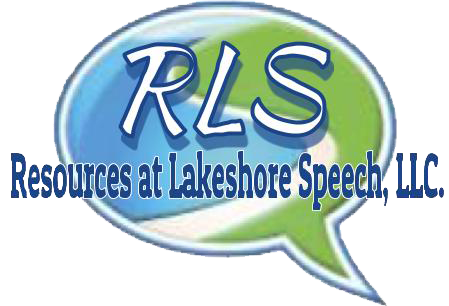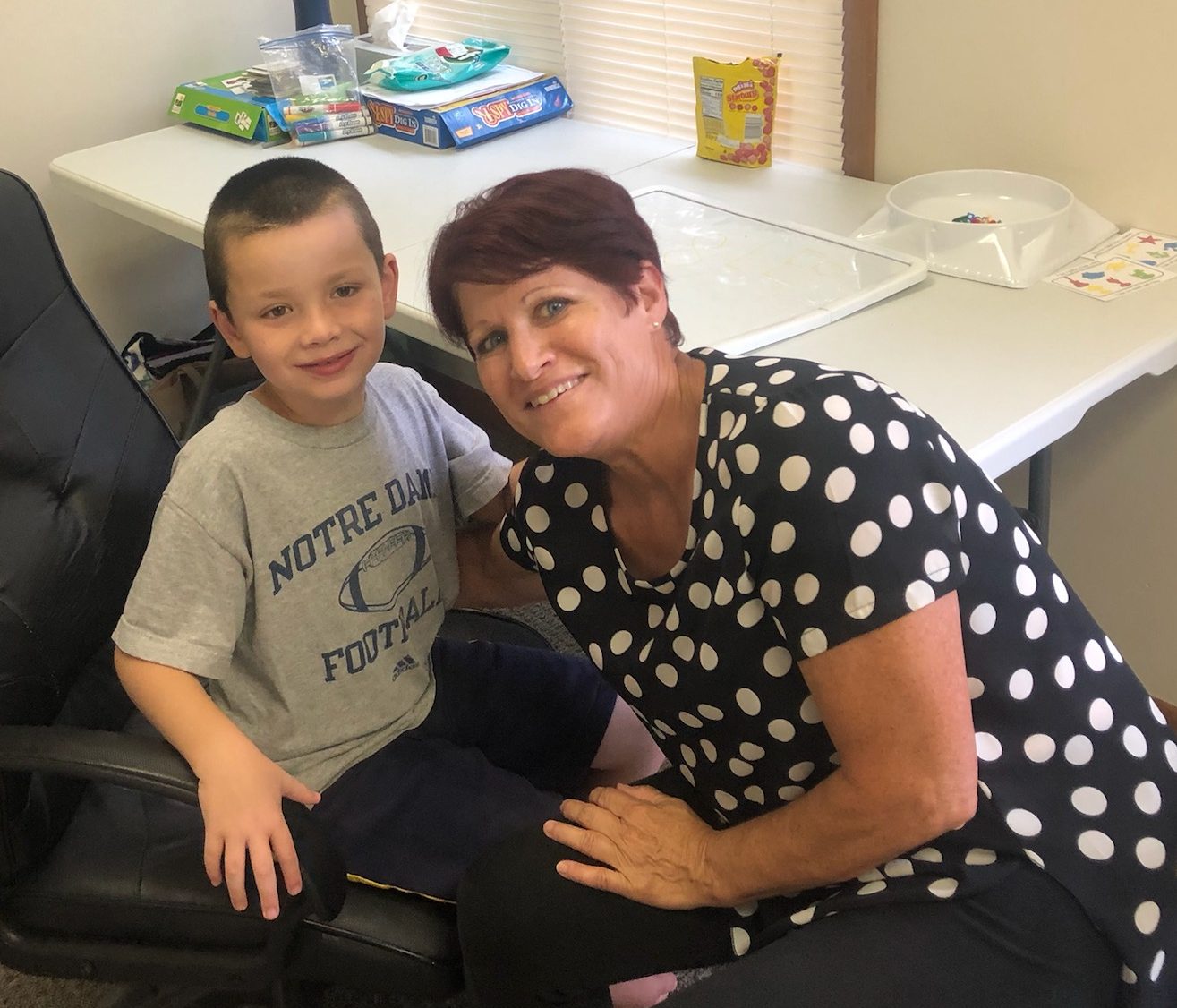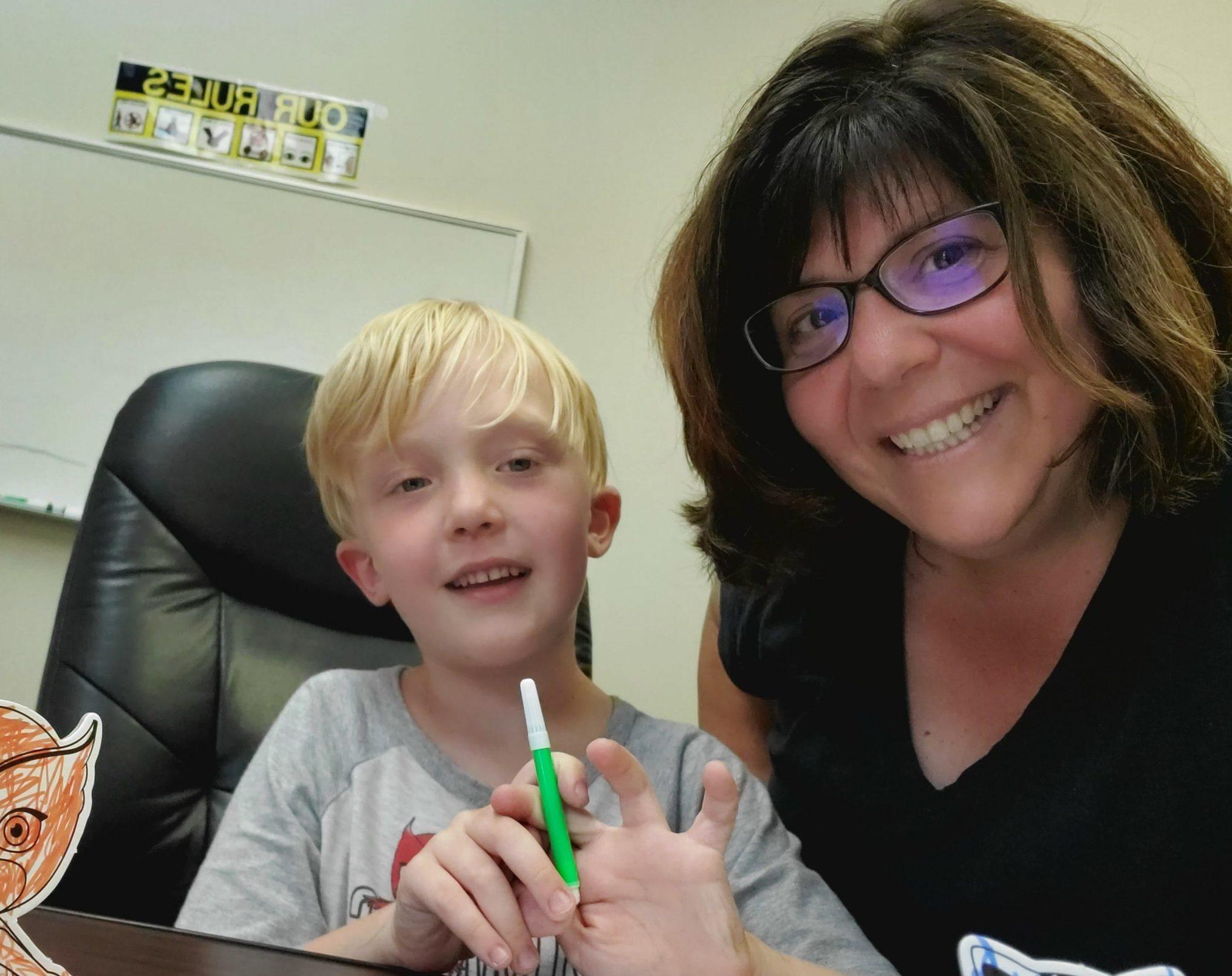These brief descriptions are provided to better explain what families can expect when beginning speech therapy. This is not an exhaustive list. Please feel free to ask your speech-language therapist to further explain services, diagnoses, techniques, etc. that address your child’s individual needs.
- SPEECH-LANGUAGE EVALUATION – Speech-Language Pathologists (SLPs) have expertise in the diagnosis of disorders of communication. Communication, speech, and language disorders can happen developmentally, as part of a medical condition, or in isolation , without a diagnosis of a medical condition. SLPs can identify communication disorders, but do not diagnose medical conditions. The testing /evaluation process can include, but is not limited to, culturally and linguistically appropriate behavioral observation and standardize and/or criterion-referenced tools; review of records, case history, and prior test results; and interview of the individual and family to guide decision making. SLPs
- administer standardized and/or criterion-referenced tools to compare individuals with their peers;
- review medical records to determine relevant health, medical, and pharmacological information;
- interview individuals and/or family to obtain case history to determine specific concerns;
- utilize culturally and linguistically appropriate assessment protocols;
- engage in behavioral observation through play to determine the individual’s skills in a naturalistic setting/context;
- diagnose communication (speech and language) disorders;
- develop recommendations for a plan of treatment and follow-up evaluations as necessary(Scope of Practice in Speech-Language Pathology, 2016).
- SPEECH-LANGUAGE THERAPY –Speech-language services are designed to improve (as much as possible) an individual’s ability to communicate thereby improving quality of life. Speech-Language Pathologists (SLPs) develop and provide treatment specific to the individual’s communication needs. The ultimate goal of therapy is to improve an individual’s functional skills. To this end, SLPs
- design, provide, and document delivery of services that are the best available practices appropriate for the individual.
- provide culturally appropriate services;
- integrate the highest quality available research evidence with practitioner expertise and individual preferences and values in establishing treatment goals;
- use treatment data to guide decisions and decide effectiveness of services;
- work together with other professionals in the delivery of services(Scope of Practice in Speech-Language Pathology, 2016).
- EARLY INTERVENTION – Early intervention (EI) is the process of providing services and support to infants, toddlers, and their families when a child has, or is at risk for, a developmental delay, disability, or health condition that may affect typical development and learning.(Early Intervention, n.d.) SLPs address concerns related to communication and social emotional development. The earlier that services are delivered, the more likely children are to develop effective communication, language, and swallowing skills and achieve successful learning outcomes (Guralnick, 2011).
- APRAXIA / SPEECH MOTOR THERAPY – a motor speech disorder that makes it difficult to speak. In order for speech to occur, messages need to go from your brain to your mouth. These messages tell the muscles how and when to move to make sounds. When a child has Apraxia of speech, the messages do not get through correctly. It can take a lot of practice to say sounds and words better. A SLP who has experience and training in motor speech disorders is essential to improvement. (Childhood Apraxia of Speech, n.d.)
- SOCIAL COMMUNICATION/ SOCIAL SKILLS : There are rules for how we use language in different situations and with different people. Adults and children can have trouble with these social communication rules. A person with social communication problems may:
- Have difficulty understanding social rules and expected behaviors.
- Use language in limited ways
- Have trouble interacting with others in his/her environment.
Children may break some of these rules as they learn. If your child has a lot of problems with these rules, he may have a social communication disorder. He may also have other speech or language problems. He may have trouble talking with others or making friends (Social Communication, n.d.).
Lakeshore offers a variety of options to address social skill instruction including 1:1 and small group sessions.
- STUTTERING: We all have times when we do not speak smoothly. We may add “uh” or “you know” to what we say. Or, we may say a sound or word more than once. These are called disfluencies.
People who stutter may have more disfluencies and different types of disfluencies. They may repeat parts of words (repetitions), stretch a sound out for a long time (prolongations), or have a hard time getting a word out (blocks).
Stuttering is more than just disfluencies. Stuttering also may include tension and negative feelings about talking. If you think your child stutters, get help from an SLP as early as possible. Contact an SLP if any of the following things happen:
-
- Your child’s stuttering has lasted for 6–12 months or more.
- Your child starts to stutter late (after 3½ years old).
- Your child starts to stutter more often.
- Your child tenses up or struggles when talking.
- Your child avoids talking or says it is too hard to talk.
- There is a family history of stuttering(Stuttering, n.d.).



